Chapter 25
Politics and Culture of Abundance: 1943–1960
By Boundless

The period following World War II saw increased prosperity for many Americans.

The G.I. Bill offered returning World War II veterans important benefits that had a great impact on socioeconomic changes in the post-war era.

The post-war economic prosperity resulted in much higher birth rates and pushed many women back into the domestic sphere; this coincided with an increase in organized religion.
After 1945, new technologies resulted in revolutionary changes in agriculture, space industry, and medical sciences.
The post-World War II growth of the American suburbs was facilitated by the development of zoning laws, redlining, and numerous innovations in transport and contributed to major segregation trends and decline of inner city neighborhoods.
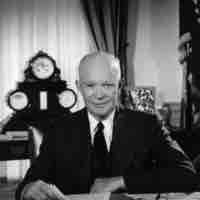
As president, Dwight Eisenhower (1953-61) presided over eight years of relative peace and moderate economic growth at home while his foreign policy initiatives, including U.S. involvement in Southeast Asia, the Middle East, and Africa, shaped the global order for decades to come.

Indian termination was a series of laws initiated in the 1940s but aggressively developed in the 1950s and 1960s that stripped Indian nations of their sovereignty and had disastrous consequences on the economic, social, and cultural condition of American Indians.
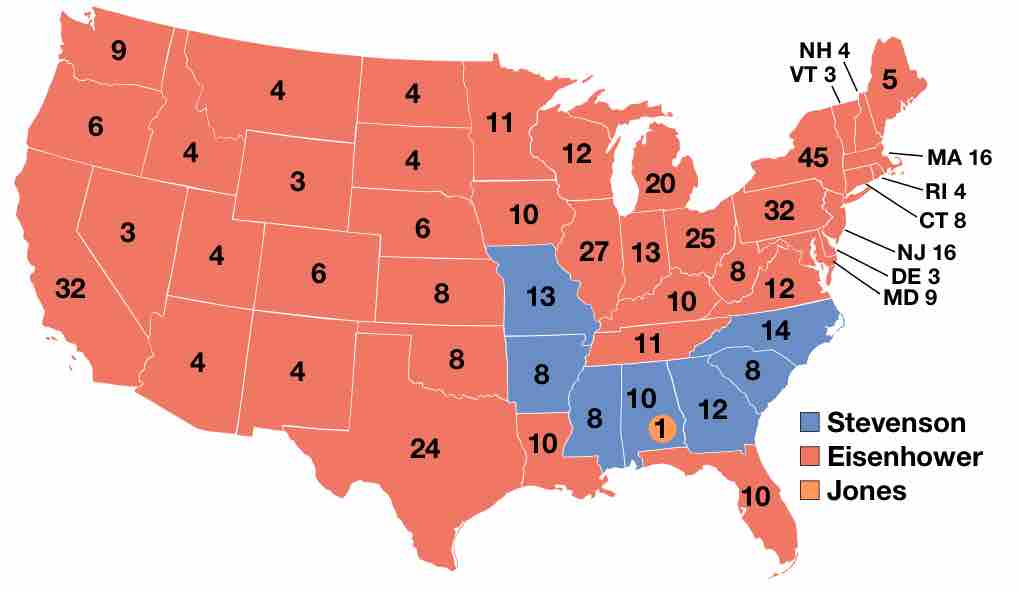
In the 1956 presidential election, popular incumbent Republican Dwight D. Eisenhower successfully ran for re-election, winning against Democrat Adlai Stevenson, whom he had also defeated four years earlier.
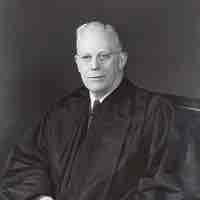
The Warren Court (1953-1969), or the Supreme Court of the United States during the period when Earl Warren served as Chief Justice, declared a number of critical cases that expanded civil rights, civil liberties, judicial power, and the federal power in dramatic ways.
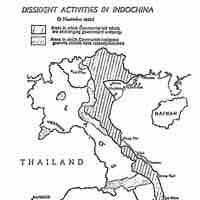
The opposition against the French imperial presence, competing factions in Vietnam, and involvements of Western powers, China, and the Soviet Union led to the First Indochina and later Second Indochina Wars.
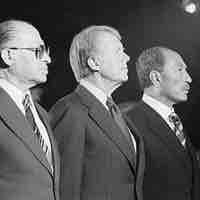
The U.S. aggressive presence in Latin America and in the Middle East during the mid-late 20th century had a critical impact on the events in and development of both regions.
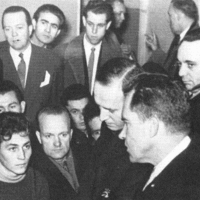
The Hungarian Revolution of 1956 was a revolt against the pro-Soviet People's Republic of Hungary's government that was crushed by the military intervention of the Soviet Union.
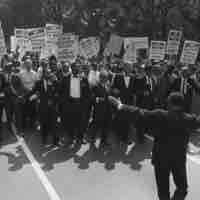
The 1950s and the 1960s witnessed a dramatic development of the Civil Rights Movement that at the time accomplished a series of its goals through the acts of civil disobedience, legal battles, and promoting the notion of Black Power.
In 1954 Brown v. Board of Education, the Supreme Court ruled separate public schools for black and white students unconstitutional.
The Montgomery Bus Boycott was a protest campaign against the policy of racial segregation on the public transit system of Montgomery, Alabama.
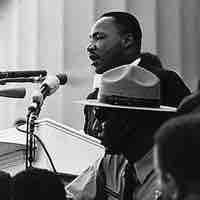
Martin Luther King, Jr. was an American clergyman, activist, and prominent leader in the African-American Civil Rights Movement.

Religious leaders, thousands of black churches and its anonymous members, as well as religious rhetoric played major role in the Civil Rights Movement.
The consistent struggle of the Civil Rights Movement and efforts of hundreds of thousands anonymous African Americans forced legislators to enact a series of civil rights legislation in the 1950s and 1960s.